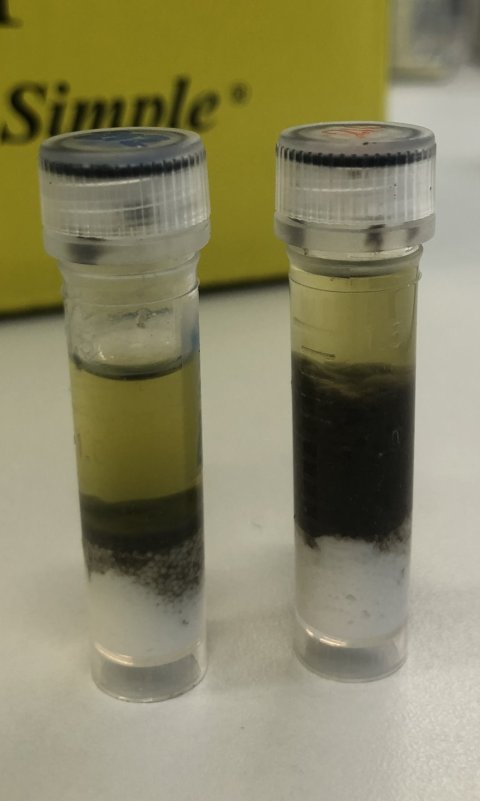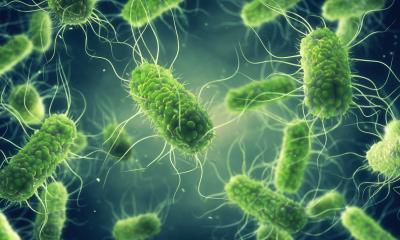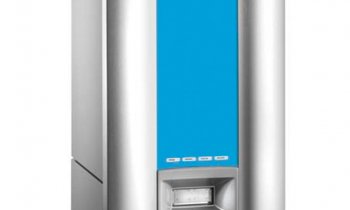News • Hidden habitat for Listeria, E. coli and more
Microplastics help pathogens survive wastewater treatment
Biofilms on microplastics appear to provide a protective environment for viruses and foodborne bacteria.

Image credit: Ingun Lund Witsø (CC-BY 4.0)
Wastewater treatment fails to kill several human pathogens when they hide out on microplastics in the water, reports a new study led by Ingun Lund Witsø of the Norwegian University of Life Sciences, published in the open-access journal PLOS One.
Wastewater treatment plants are designed to remove contaminants from wastewater, but microplastics persist and can become colonized by a sticky microbial biofilm. Previous research has suggested that these microbial communities, called plastispheres, include potential pathogens, and thus might pose a risk to human health and the environment when treated wastewater and sludge are released.
In the new study, researchers identified food-borne pathogens in plastispheres living on three types of plastic in wastewater. They cultured the microorganisms and used genetic techniques to understand the diversity and members of the plastisphere communities. The team found evidence of pathogenic bacteria and viruses, including Listeria monocytogenes, Escherichia coli, norovirus and adenovirus. They also successfully grew Klebsiella pneumoniae and Acinetobacter spp. from raw and treated wastewater, indicating that the plastisphere biofilms likely protect the pathogens from wastewater treatment.
Recommended article

Article • Collection
Focus on environmental medicine
Harmful substances in the soil, water and air also endanger people's health. In recent years, environmental medicine has been increasingly concerned with the consequences of climate change.
These findings highlight the potential of plastispheres to harbor and spread pathogens, which poses a challenge to safely reusing wastewater. Without efficient wastewater treatment and plastic waste management, wastewater could act as a vehicle for transferring plastic-associated pathogens into the food chain. The researchers emphasize that continued research and innovation are essential to remove microplastics – and their pathogens – from wastewater.
The authors add: “Plastics in wastewater treatment plants are colonized by microbial biofilms, or “plastispheres,” which can harbor pathogens, including Listeria, E. coli, Klebsiella pneumoniae, and Acinetobacter spp., that persist through treatment processes. This study highlights the potential for plastispheres to contribute to the spread of pathogens from treated wastewater, posing challenges for environmental health and water reuse efforts.”
Source: PLOS
07.11.2024











